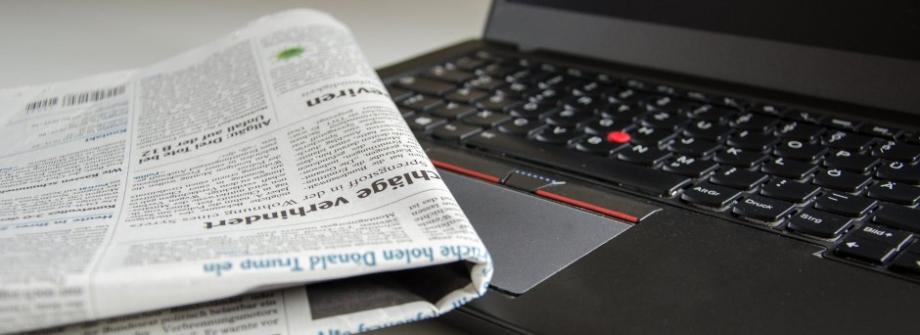
Pedro Henrique de Lima Prata* comments on the publication entitled “Oral Iptacopan Monotherapy in Paroxysmal Nocturnal Hemoglobinuria” published in the The New England Journal of Medicine.
* Pedro Henrique de Lima Prata, Saint-Louis Hospital, Paris, France.
Oral Iptacopan Monotherapy in Paroxysmal Nocturnal Hemoglobinuria
Peffault de Latour, R. et al. Oral Iptacopan Monotherapy in Paroxysmal Nocturnal Hemoglobinuria. N Engl J Med 390, 994–1008 (2024).
Paroxysmal nocturnal hemoglobinuria is a rare disease characterized chiefly by complement-mediated hemolysis, thrombosis, and marrow failure. The inhibition of C5 is the standard first-line treatment, controlling intravascular hemolysis and reducing the risk of thrombosis and the need for transfusions in about two-thirds of patients. However, some patients will present a suboptimal response to anti-C5 agents (eculizumab and ravulizumab).1,2
Proximal complement inhibitors were developed to address the remaining C3-mediated extravascular hemolysis. To date, two main classes of proximal complement inhibitors received EMA/FDA approval: a C3 inhibitor (pegcetacoplan, monotherapy, patients with suboptimal response to anti-C5), and more recently, a factor B inhibitor (iptacopan, monotherapy, patients with suboptimal response to anti-C5 and first-line). Of note, complement inhibitors are not indicated when the anemia of PNH patients is due to marrow failure.
Iptacopan is a first-in-class factor B inhibitor and the first oral treatment available to PNH patients. Peffault de Latour and colleagues published the results of two phase 3 open-label trials in March 2024, enrolling patients with mean hemoglobin <10g/dL without evidence of marrow failure.3 In APPLY-PNH, 62 patients receiving an anti-C5 were randomly assigned to continue anti-C5 or switch to iptacopan. In APPOINT-PNH, 40 treatment-naïve, hemolytic PNH patients received iptacopan. Both trials included an 8-week screening, a 24-week core period, and another 24-week extension period, investigating hemoglobin improvement and transfusion avoidance.
In APPLY-PNH, iptacopan was superior to anti-C5 treatment in terms of hemoglobin response, measured both as the proportion of patients achieving a ≥2 g/dL hemoglobin increase from baseline in the absence of red blood cell transfusions (82.3% vs. 2.0%) and the proportion of patients achieving ≥12 g/dL hemoglobin in the absence of RBC transfusions (68.8% vs. 1.8%). In APPOINT-PNH, 92.2% of patients achieved a ≥2 g/dL hemoglobin increase from baseline, and no patient required RBC transfusion during the study period. No safety concerns were reported, and headaches were the most frequent adverse event. No other problems were reported about infectious complications or the severity of breakthrough hemolysis events.
Based on these data, along with pegcetacoplan, iptacopan is an option for patients with suboptimal response to iC5. Considering the choice of first-line treatment and the lack of long-term follow-up, the decision must consider anti-C5 efficacy, patients’ compliance, and preference: eculizumab (IV every 2 weeks), ravulizumab (IV every 8 weeks), and iptacopan (monotherapy oral, twice a day).
References
- Brodsky, R. A. Paroxysmal nocturnal hemoglobinuria. Blood 124, 2804–2812 (2015).
- Debureaux, P.-E. et al. Categorizing hematological response to eculizumab in paroxysmal nocturnal hemoglobinuria: a multicenter real-life study. Bone marrow transplantation vol. 56 2600–2602 Preprint at https://doi.org/10.1038/s41409-021-01372-0 (2021).
- Peffault de Latour, R. et al. Oral Iptacopan Monotherapy in Paroxysmal Nocturnal Hemoglobinuria. N Engl J Med 390, 994–1008 (2024).